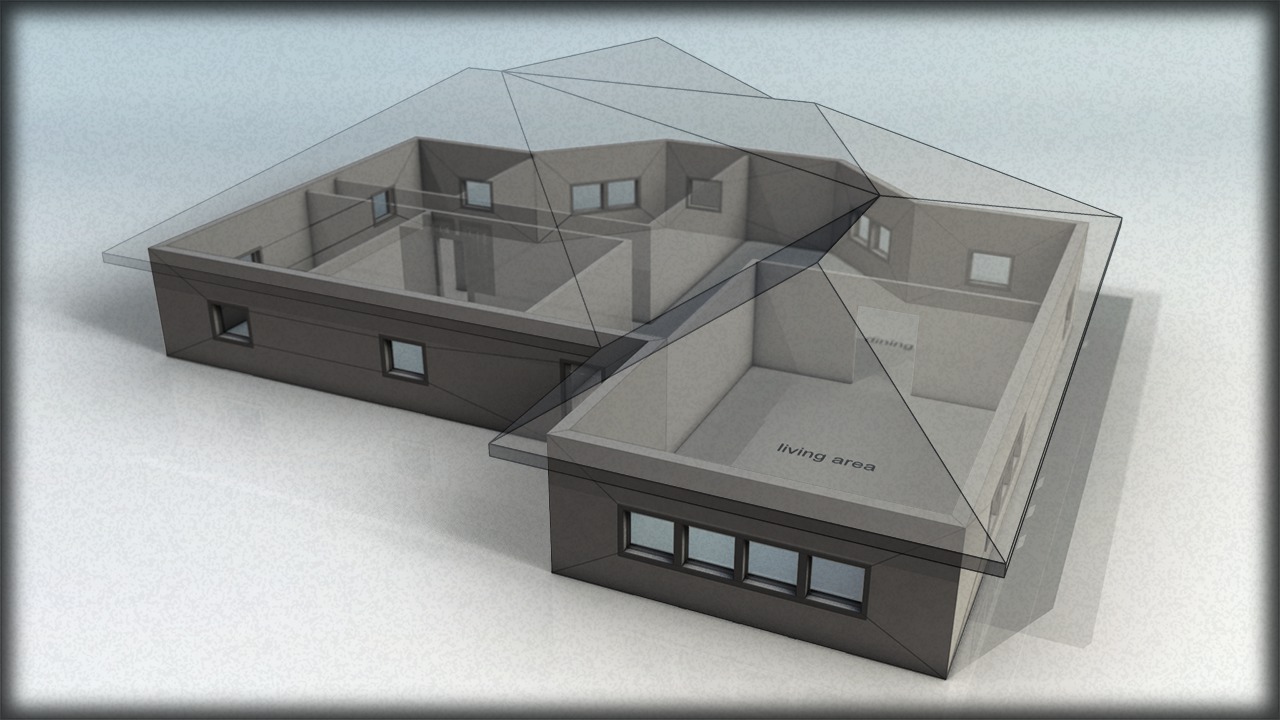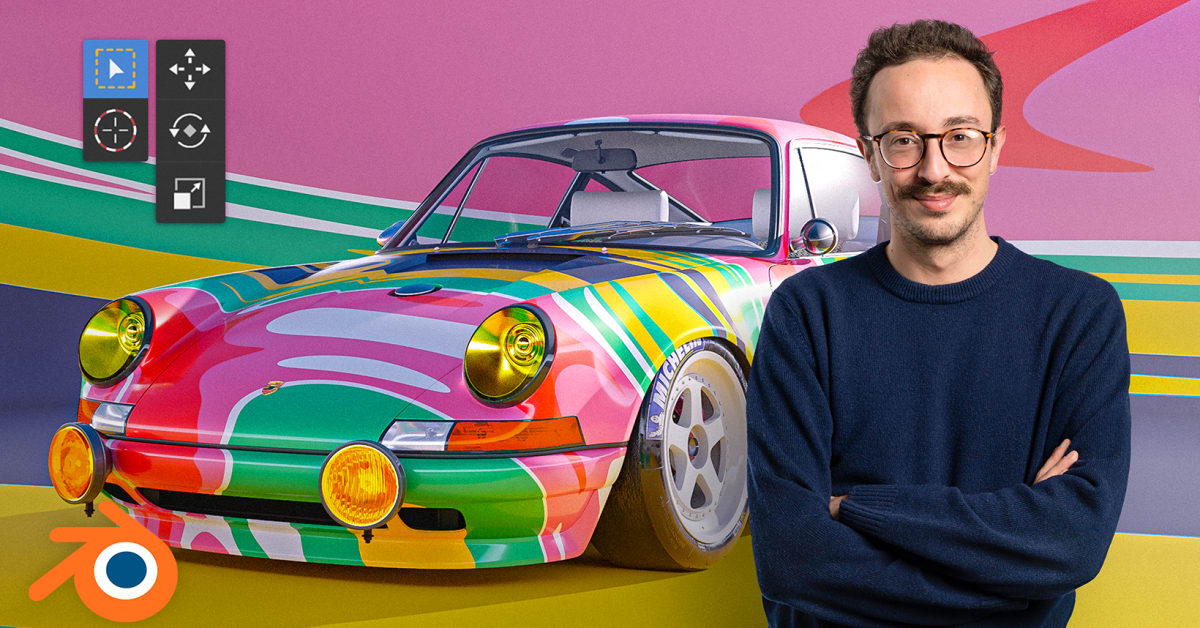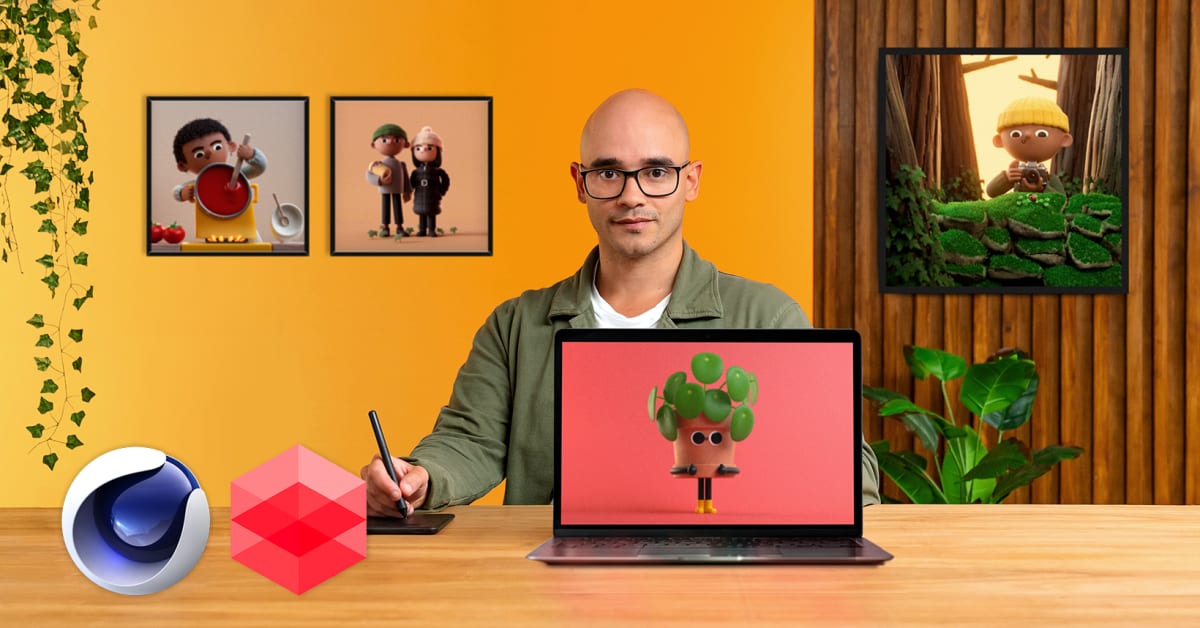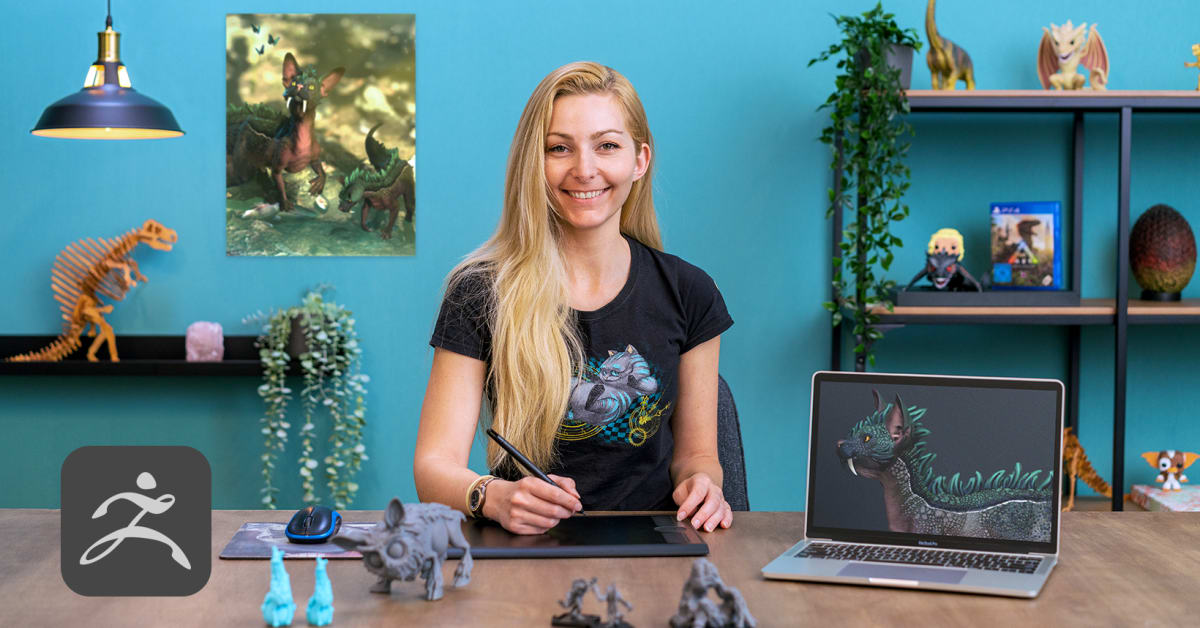Description
In this course, you will :
- The fundamental skills required to create immersive user experiences of all types with Unreal Engine 4, including lighting, effects, and visual scripting.
- Creating your first project, creating a base landscape, blocking out levels, and importing assets for use in the design.
- Learn how to create a one-of-a-kind look? In Unreal, you'll learn how to work with materials, post-processing effects, and particle systems.
- Discover how to optimise project performance and package projects for distribution.
Syllabus :
1. Engine Overview
- The Epic Launcher
- Installing Unreal Engine
- Starting a blank project
- Menu
- Viewport
- Navigation
- Content Browser
- Modes pane
- World Outliner
- Toolbar
- Details panel
- World Settings panel
- Customizing the user interface (UI)
2. Starting a New Project
- Opening the Unreal Editor
- Add new feature and content packages
- Level setup
- Placing and manipulating actors
- Geometry Edit mode
- Blocking out the scene
- Exporting blocking
3. Meshes
- Importing and migrating content
- Static Mesh Editor: collision, UVs, etc.
- Animating with skeletal meshes
- Mesh optimizing
4. Lighting
- Basic light types
- Environmental lighting
- Placing lights in the scene
- Static lighting
- Reflection capture probes
5. Materials
- Material Editor
- Material properties
- Material instances
- Organizing material parameters
- Decals
6. Interactivity
- Adding a player character
- Material swapping
- Trigger volumes
- Physics simulation
- Moving actors with Blueprints
7. Look Development
- Locked content
- Landscape mode
- Animated entourage
- Foliage mode
- Particles
- Post process effects
8. Cinematics
- Introduction to Sequencer
- The Cinematic Editor
- Key framing and actor recording
- Advanced camera tools using rails
- Shot tracks: Editing it all together
- Exporting a cinematic
9. Packaging a Build
- Packaging overview
- Playtest
- Project settings before packaging
- Using Visual Studio to package for distribution









